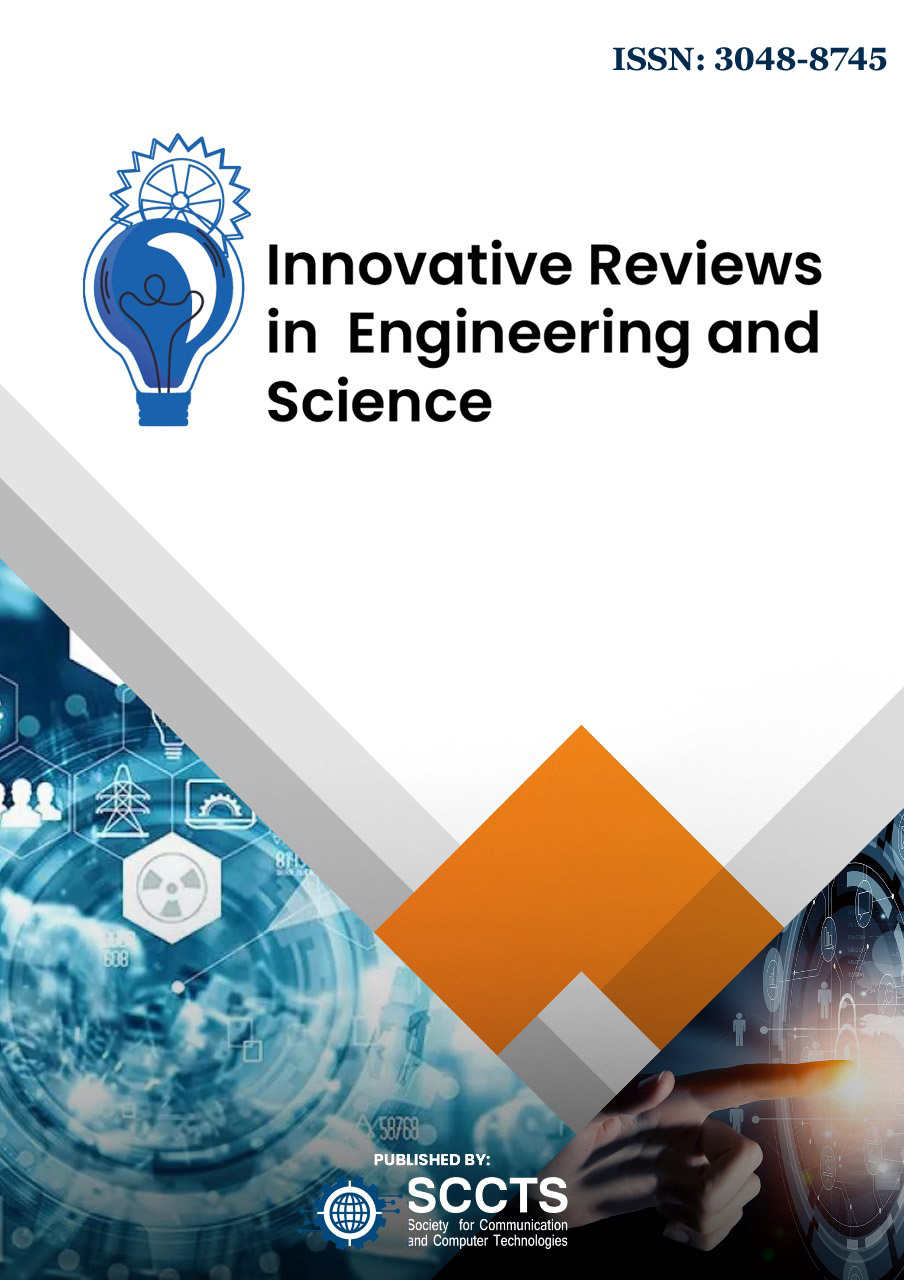Recent Advances in Wearable Biomedical Sensors: Materials, Signal Processing, and Healthcare Applications
DOI:
https://doi.org/10.31838/INES/03.02.12Keywords:
Wearable Biomedical Sensors, Flexible Electronics, Biocompatible Materials, Signal Processing, Edge AI, Chronic Disease Monitoring, IoT Healthcare, Real-Time Analytics, Biosignal Acquisition, Personalized MedicineAbstract
The use of biomedical wearable sensors has become a disruptive technology that has found application in the healthcare sector that allows continuous real-time observation of physiological and biochemical responses in a non-invasive and user-friendly manner. The paper carries out a critical review of the recent developments of the area and examines it under the major axes: new materials for the development of new sensors, new signal processing methods, and practical healthcare applications. Due to a rapid advancement in materials science, there is the emergence of flexible, stretchable (flexible, stretchable), and biocompatible substrates of polydimethylsiloxane (PDMS), thermo plastic polyurethanes (TPUs), hydrogels, and nanomaterial-optimizing composites like graphene carbon nanotubes (CNTs) and MXenes. These materials provide better electrical aspects, mechanical compliance and conform-ability to skin, hence applicable on long term wearables. The latest developments in the signal processing domain are adaptive filtering, a wavelet transformation, deep learning-based models like convolutional neural networks (CNN) and long short-term memory (LSTM) networks, which allow noise to be reduced, feature extracted, and diseases to be classified in real-time sufficiently well. Additionally, wearable devices were being supported by privacy-preserving analytics through the dissolving of the edge computing and federated learning. Other various healthcare applications covered in the review are continuous ECG monitoring, glucose sensing, stress/ fatigue monitoring by EEG, multimodal system to manage and rehabilitate patients with chronic conditions. The trade-offs involved in terms of accuracy, power efficiency, cost of material and computational complexity are shown in comparative analyses. These advances aside, limitations are presented by long-term biocompatibility, energy independence and data security and clinical verification. Such future directions of smart healthcare systems identified within this paper are the development of biodegradable and self-healing sensors, integrating with digital twins and IoT ecosystems and using 6G-enabled communication to share data in real-time. Through the integration of recent literature and technological trends, the paper intends to become a foundational source of information regarding researchers, engineers, or medical practitioners dealing with the design and implementation of the next-generation wearable biomedical sensing systems.





